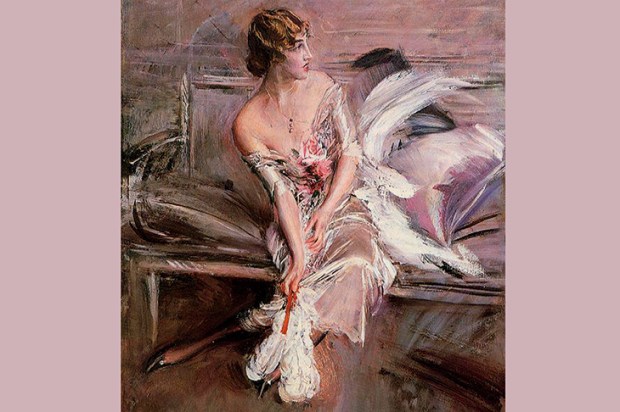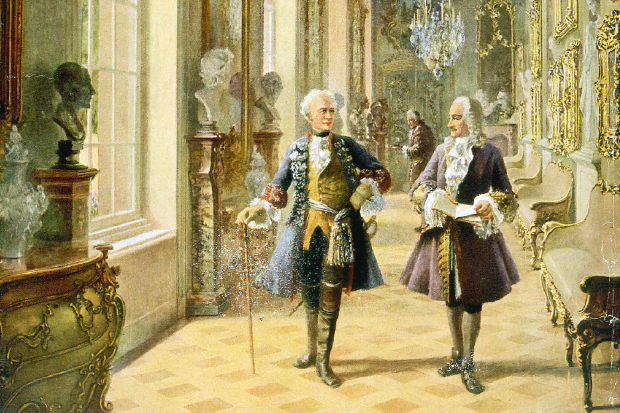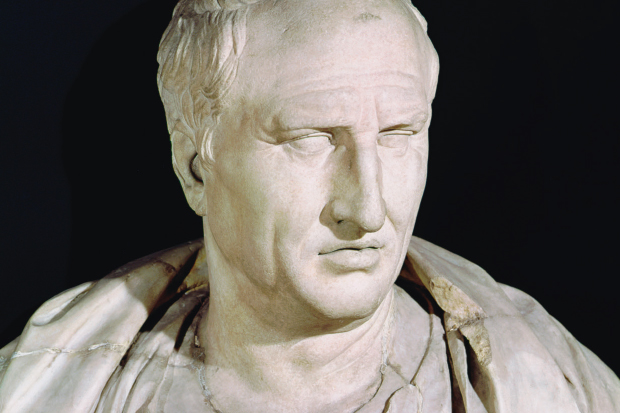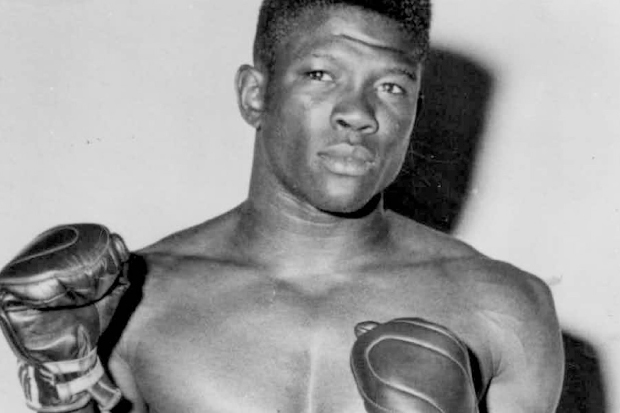It is fair to say that Jeanette Winterson is not Shakespeare, though I cannot imagine why any authors would accept these commissions to retell the plays — Margaret Atwood is lined up for The Tempest, Howard Jacobson for The Merchant of Venice — since the only certainty is that the texts will not be as good as Shakespeare. At least Winterson has chosen one of the more fascinating plays. Collected with the comedies in the First Folio, it is a singularly stark and strange work.
Updated to the present day, the jealous King Leontes of Sicily is now Leo, the hedge-fund manager of Sicilia. His wife, MiMi, is a half-French chanteuse, and their mutual friend with whom Leo suspects her of having an affair is Xeno, not Polixenes. There are some subtle moments here, both in terms of Winterson’s text and how she has adapted the original — Leo referring to his ‘life as a life-sentence’ rings true, and the invented back story for the Shepherd (Shep) and his son the Clown (Clo) gives them depth. Winterson is at her best when writing about what she has written about before: ideas of paternity, family, adoption and adaptation. Other changes are not so successful. Xeno being mostly gay doesn’t really add anything to his story or Shakespeare’s, and though mostly naturalistic Winterson has to invent ‘BabyHatches’, as foundlings tend to be rather uncommon these days.
Leontes as a moustache-twirling greedy banker removes a lot of the empathy that audiences can have with such a broken, tortured figure: it becomes easy to vilify him. Many of the greatest parts of the play can’t be translated from romance to reality. All the ambiguity and poetry leaches away. There is no equivalent to the great oracle scene where, counter to audience expectations, the Delphic pronouncement is clear and straightforward. Autolycus, the great snapper up of unconsidered trifles, becomes a secondhand car dealer, for no real reason except it allows a weak joke on ‘autos like us’. Shakespeare’s most famous stage direction — Exit, pursued by a bear — becomes someone getting beaten up at Bear Bridge.
Then there’s the statue scene where Leontes’s wife, supposedly dead, impersonates her own statue. It is a miraculous moment when done right — and inspired Edwin Morgan to one of his finest poems, ‘Instructions To An Actor’ — and a comeback concert just doesn’t cut it. Especially since the original has one of Shakespeare’s most haunting lines — on seeing the statue the penitent king says, ‘Hermione was not so much wrinkled.’ The novel peters out into essayistic musings on late Shakespeare and forgiveness. I would much rather have read 300 pages of non-fiction by Winterson on these topics.
Got something to add? Join the discussion and comment below.
Get 10 issues for just $10
Subscribe to The Spectator Australia today for the next 10 magazine issues, plus full online access, for just $10.
Available from the Spectator Bookshop, £14.99 Tel: 08430 600033
You might disagree with half of it, but you’ll enjoy reading all of it. Try your first month for free, then just $2 a week for the remainder of your first year.














Comments
Don't miss out
Join the conversation with other Spectator Australia readers. Subscribe to leave a comment.
SUBSCRIBEAlready a subscriber? Log in